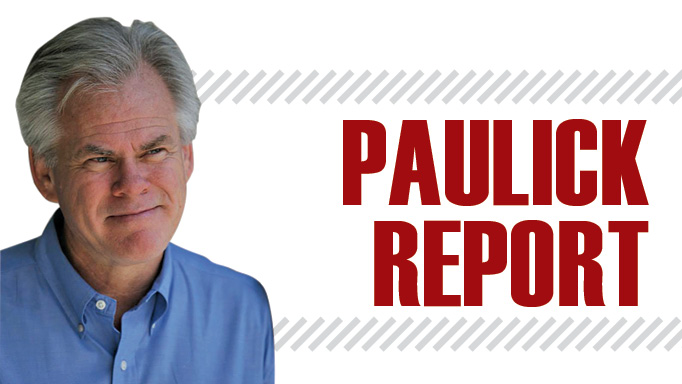A safety-first self-examination is the only way forward for horse racing.
The juxtapositions have been dramatic. On television from England for five glorious days in June was Royal Ascot, one of the greatest traditions in all of racing. It was the very best our sport has to offer: enormous fields of top-class thoroughbreds trained by legendary horsemen and ridden by world-famous jockeys.
No horses sustained fatal injuries or suffered heart attacks. There were no debates over race-day medication or accusations of horses running on pain killers or performance-enhancing drugs.
The racing was safe and the competition genuine and honest.
Back home in North America, Royal Ascot was bookended by a seemingly endless assault of depressing news from the alarming number of racing and training fatalities at Santa Anita Park in Southern California. Local media in Los Angeles seized on the issue in March and it quickly became a national story in newspapers, online and television.
Substantive medication and safety reforms were put in place while racing, and even training on Santa Anita’s main dirt track, were temporarily suspended. When Santa Anita racing resumed, the news media’s obsessive death watch continued, even as the number of fatalities declined to what those inside the industry have come to believe – in many cases uncomfortably – is an “acceptable” number.
The narrative then switched from Santa Anita’s acute problems – more than 20 deaths in just over two months of racing and training early in the year – to bigger picture overviews about the sport’s future viability.
Suddenly, this was no longer just a “Santa Anita problem,” but one that shined a broad spotlight on racing everywhere. That spotlight came with some very difficult questions.
Racing will never be a sport in which horses do not sustain serious, sometimes fatal, injuries. But rather than focusing on what is an acceptable number or rate of deaths per thousand starts – as the U.S. Jockey Club’s Equine Injury Database reports – the emphasis must be on one simple thing: doing everything humanly possibly to make racing as safe as it can be for the horses and the people who ride them in the mornings and afternoons.
If horse racing regulators, racetrack operators, veterinarians and horsemen and women do not follow a “safety first” mantra, they are putting the future of the game on a very perilous perch.
It’s a natural instinct for some to shoot the messengers, whether it’s the news media feasting on the sport’s bad news or the animal rights activists – some of whom will never be satisfied with anything short of an abolition of horse racing and any other activity using animals for entertainment. That energy is better spent on solutions.
Everything should be examined, from how race conditions are put together, to medication, to veterinary transparency, to the surfaces over which the horses run. For example, should claiming races, from which many of the sport’s woes emanate, be replaced with a handicap or classification system? Should private veterinary practices be replaced by vets who work for the racetrack or regulators? Should synthetic surfaces, like the Tapeta track at Woodbine that has an excellent safety record, replace conventional dirt?
Can the current way of doings – from the standpoint of the breeding industry, public auctions and horse racing itself – be defended, honestly, as being in the best interest of the horse?
Unless and until we complete a safety first self-examination – and it might be better to do so with the assistance of an unbiased third party – racing will struggle with acceptance from a society that views the treatment of animals in a different light than previous generations.
Like the Royal Ascot meeting, the Queen’s Plate Racing Festival at Woodbine offered a juxtaposition from the sport’s day-to-day challenges. Full fields (nearly 10 horses per race) competed over a variety of distances and surfaces – including the track’s newly minted inner turf course. The horses all came back safely, the competition top class, and racing fans enthusiastically responded with record wagering on Plate Day.
Big days at tracks both north and south of the border, along with televised meetings from faraway places like Royal Ascot, serve to remind us all that is great and good about thoroughbred racing. As uplifting as those days may be, it’s how we perform the rest of the year that will define us.


